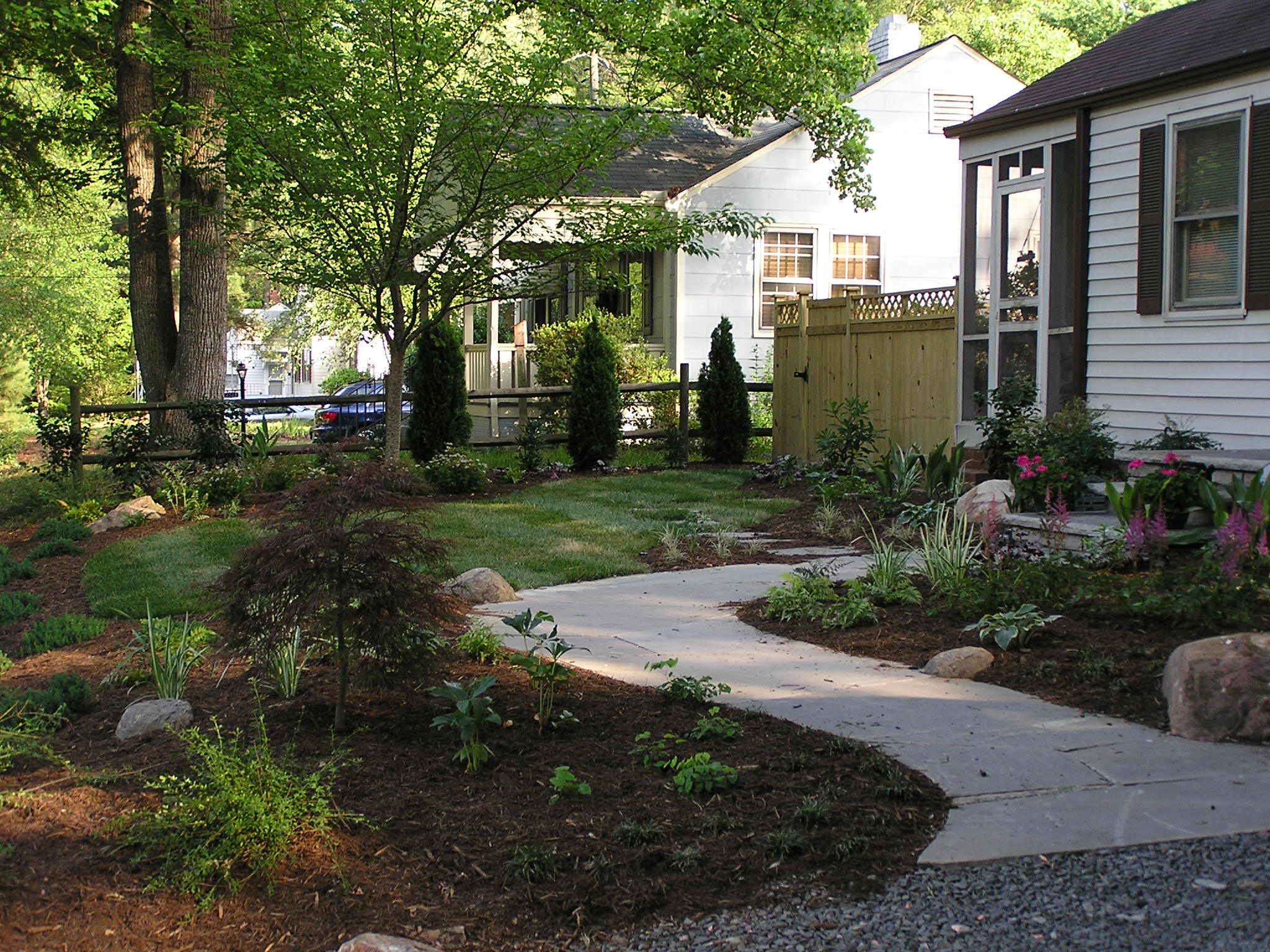As we delve into transforming outdoor spaces, landscaping design is a combination of art and science that can significantly enhance the aesthetic appeal and usability of any property. Whether you are a homeowner looking to create a personal retreat or a business owner seeking to entice customers with an attractive facade, investing in effective landscaping can yield impressive results. However to achieve these results, you must understand the core principle of any good landscape design: soil health.
Healthy soil not only supports thick grass and flourishing gardens but also sustains the complete ecosystem of your yard. outdoor lighting is the secret ingredient that promotes growth of plants, facilitates proper drainage, and prevents erosion. In this article, we will explore how understanding soil health can enhance your landscaping efforts, the advantages of employing professional services, and practical tips for maintaining a beautiful outdoor space throughout the year. Whether you choose to embark on a DIY project or enlist the help of experts, being knowledgeable about soil and landscaping principles will empower you to make the most informed decisions for your property.
The Advantages of Expert Landscaping
Spending in expert landscaping can considerably enhance the beauty of your property. A thoughtfully designed landscape not only creates an appealing atmosphere but also reflects your individual taste and boosts curb appeal. Specialists understand how to coordinate colors, textures, and plant varieties to create a harmonious look that attracts admiration and admiration. This level of design expertise can convert simple outdoor spaces into beautiful landscapes that leave a enduring impression.

In addition to improving the visual aspect, professional landscaping can provide significant functional benefits. Experienced landscapers are knowledgeable about local climate conditions, soil types, and the best plants for your specific environment. They can design outdoor spaces that prioritize sustainability and low maintenance, reducing homeowners effort in upkeep. Furthermore, well-planned landscapes can improve drainage, reduce soil erosion, and optimize water usage, helping to create a better environment for your plants as well as your local area.
One of the most persuasive reasons to hire a skilled service is the potential rise in property value. Nicely landscaped homes typically see a considerable return on investment, often recouping a significant portion of landscaping costs in the property's resale value. A professionally maintained landscape can make your home more attractive to potential investors, highlighting the care and effort put into your land. This increase in value, combined with enhanced quality of life, makes professional landscaping a prudent investment for both homeowners and businesses.
Key Lawn Care Methods
Caring for a lush lawn requires regular attention and efficient practices. One of the most vital elements is appropriate mowing. their explanation is suggested to keep the grass at a level of around three in., as cutting too short can strain the lawn and make it more susceptible to pests and diseases. Additionally, using a well-maintained mower blade ensures sharp cuts, promoting healthier grass growth. Regular mowing also encourages denser turf, which can help eliminate unwanted weeds.
Nourishment plays a major role in lawn health as well. A well-balanced fertilizer that matches the particular needs of your grass type will provide necessary nutrients for growth. Timing is crucial; applying fertilizers during the active season ensures that your lawn can utilize these nutrients properly. It is also helpful to conduct soil tests to understand the nutrient composition and pH level of your soil, allowing for tailored fertilization strategies that can improve your lawn's vitality.
Watering adequately is another essential practice for a thriving lawn. Thorough watering less frequently encourages deeper root growth, which contributes to drought resistance. Aim for around one inch of water each week, either through rainfall or supplemental irrigation. It's wise to water early to reduce evaporation and fungal diseases. Additionally, recognizing the signs of too much water, such as pooling water or discolored grass, can help avert damage and maintain a robust lawn.
Eco-friendly Landscaping Solutions
Sustainable landscaping is centered on developing an environment that works with nature while meeting the requirements of property owners and communities. By incorporating native plants and regional materials, landscaping can cut down on water usage and lessen the need for artificial fertilizers and pesticides. Native plants are adapted to the local climate and ground conditions, making them simpler to maintain and more robust to pests and diseases, ultimately leading to a healthier ecosystem.
In addition to flora selection, adopting practices like water-wise gardening can significantly enhance sustainability. Xeriscaping includes creating a landscape that requires little irrigation by employing water-efficient plants, effective irrigation systems, and mulch to retain soil moisture. This method not only saves water, but it also lowers maintenance costs and labor while providing a beautiful outdoor space for relaxation and enjoyment.
Moreover, eco-friendly landscaping can be crucial in cutting energy consumption. Strategic placement of trees and shrubs can create natural windbreaks and shade, helping to cool your home in summer and reduce heating costs in winter. Utilizing permeable materials for hardscaping allows for better drainage and minimizes runoff, further adding to a green landscape that supports both the home and the environment.
